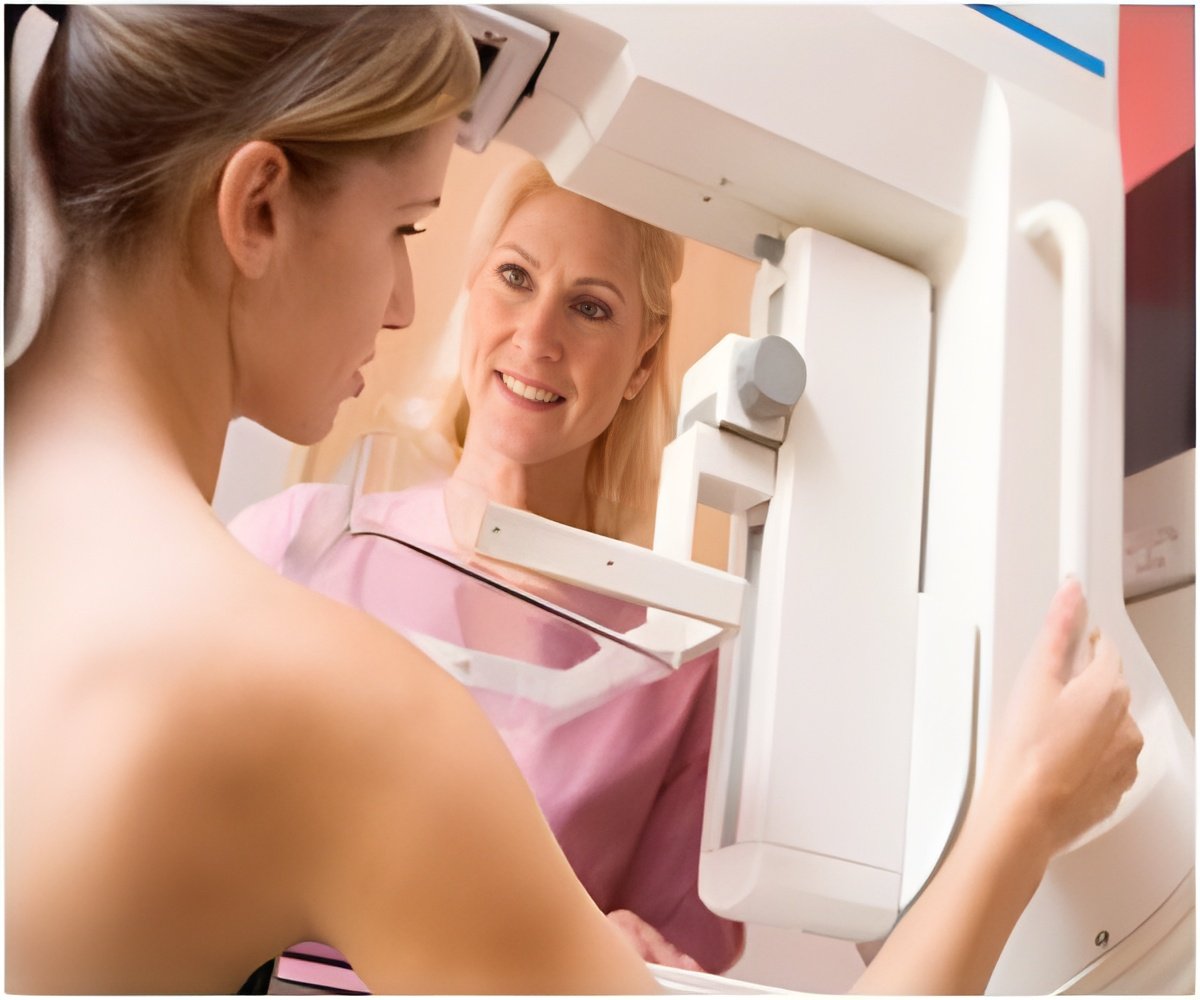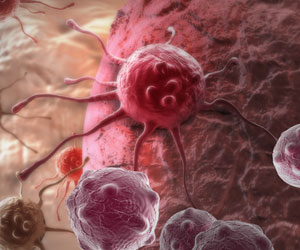The new near-infrared fluorescence imaging technique could come as a relief for millions women cancer patients.

Treatments vary, but they generally consist of using manual and pneumatic therapies to “push” or stimulate the body to remove excess fluid and reduce tissue swelling. Finding out whether a treatment is working can take months. That’s because the current method of assessing progress is to measure the circumference or volume of a limb and check for changes in swelling — and a size change big enough to be measured takes time.
During this time, the condition might improve — or it might worsen.
But the near-infrared fluorescence technique developed by the University of Texas Health Science Center in Houston (UTHSC) promises to be a more sensitive and more immediate way to monitor the effectiveness of a treatment.
It was a collaborative research by Eva Sevick, Ph.D., Director of the Center for Molecular Imaging at University of Texas Health Science Center in Houston (UTHSC), and Caroline Fife, M.D., Director of the Memorial Herman Wound Care Clinic at UTHSC, could bring relief to millions.
Their paper, “Direct evidence of lymphatic function improvement after advanced pneumatic compression device treatment of lymphedema” appears in the inaugural issue of Biomedical Optics Express, an online, open-access journal published by the Optical Society (OSA). The papers featured in the journal will encompass theoretical modeling and simulations, technology development, biomedical studies and clinical applications.
Advertisement
“The problem is that there has been no good way to measure direct evidence of benefit,” says Sevick. “Hopefully we can use near-infrared fluorescence imaging technique to show improved lymphatic function from these treatments.”
Advertisement
“The lymphatics are like the sewer system of your body,” says Sevick. “If they get all plugged up, then there’s a flood.”
Nine women — six with lymphedema and three controls — were injected with a near-infrared fluorescent dye that has been used safely for 50 years at much higher dosages. The dye is taken up by the lymphatic system. When tissue surfaces are exposed to a dim, near-infrared laser — harmless to the human body — the dye within fluoresces, revealing its transit through the lymphatic system.
“This is the only method that can directly check for improvements in lymphatic function in one sitting, before and after a treatment,” says Sevick.
The NIR fluorescence technique detected statistically significant improvements in fluid flow through the lymphatic system immediately after the use of pneumatic compression devices. A larger follow-up study will be needed to confirm the results of this pilot study, says Sevick.
The research was funded by the National Institutes of Health and by Tactile Systems Technology, Inc., which manufactures and markets the Flexitouch pneumatic compression devices tested in this research.
Source-Medindia













